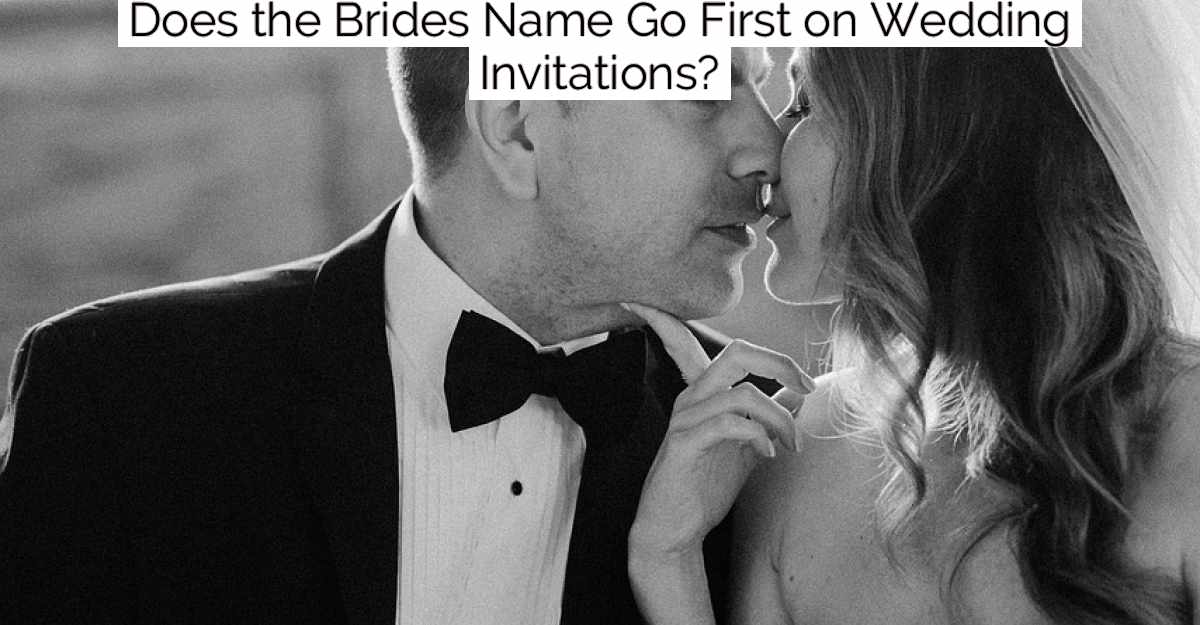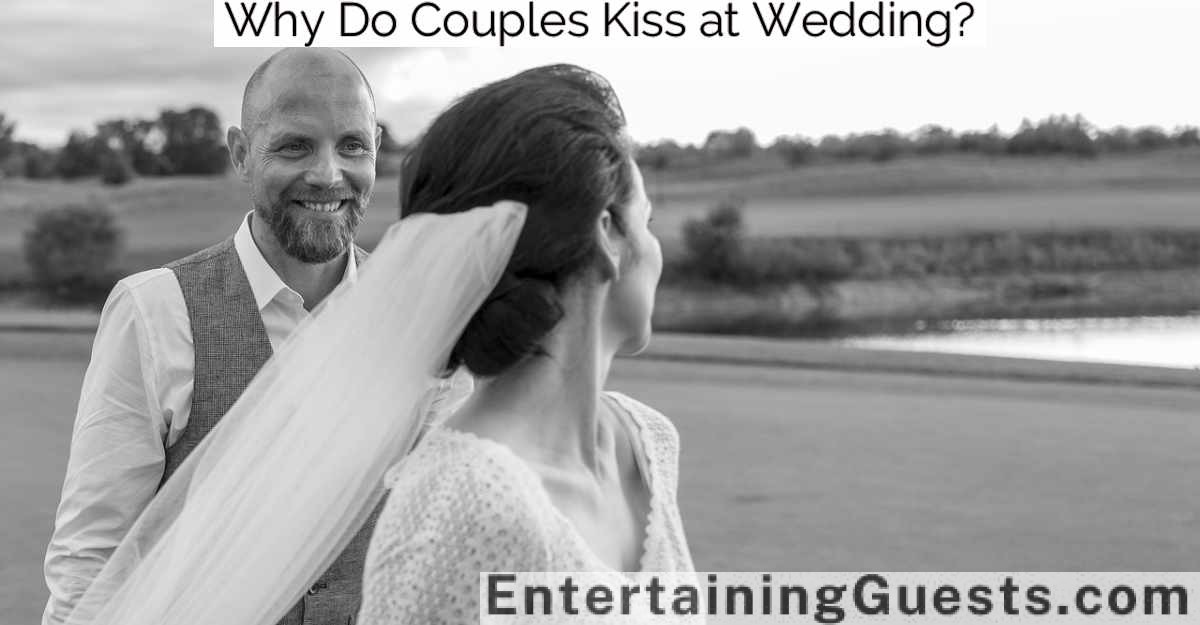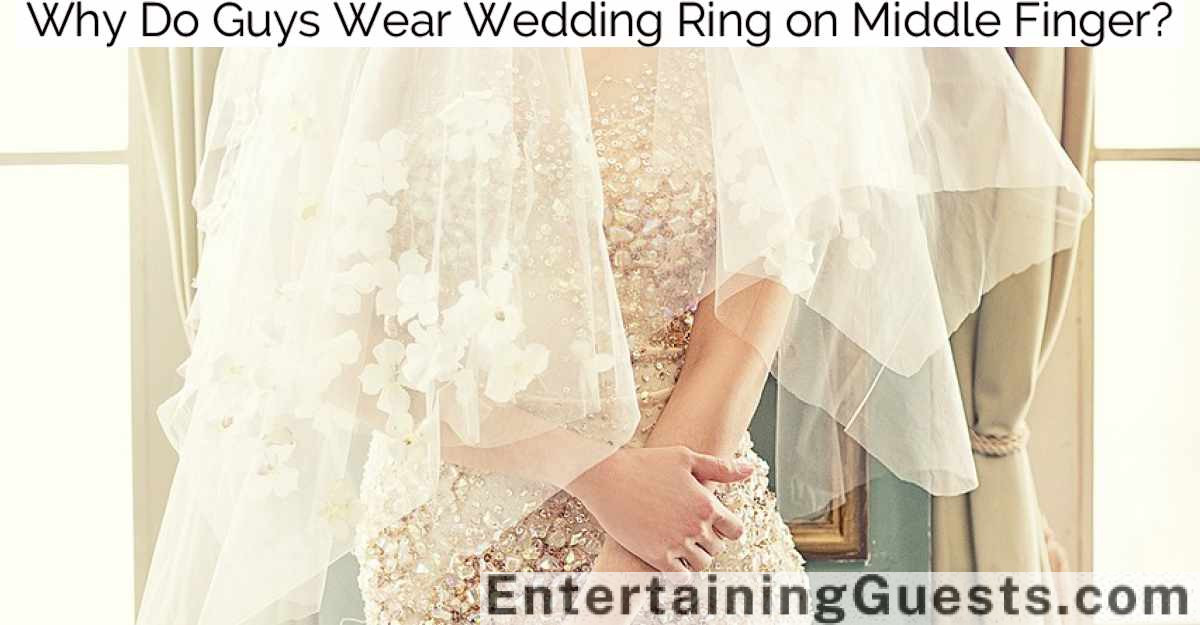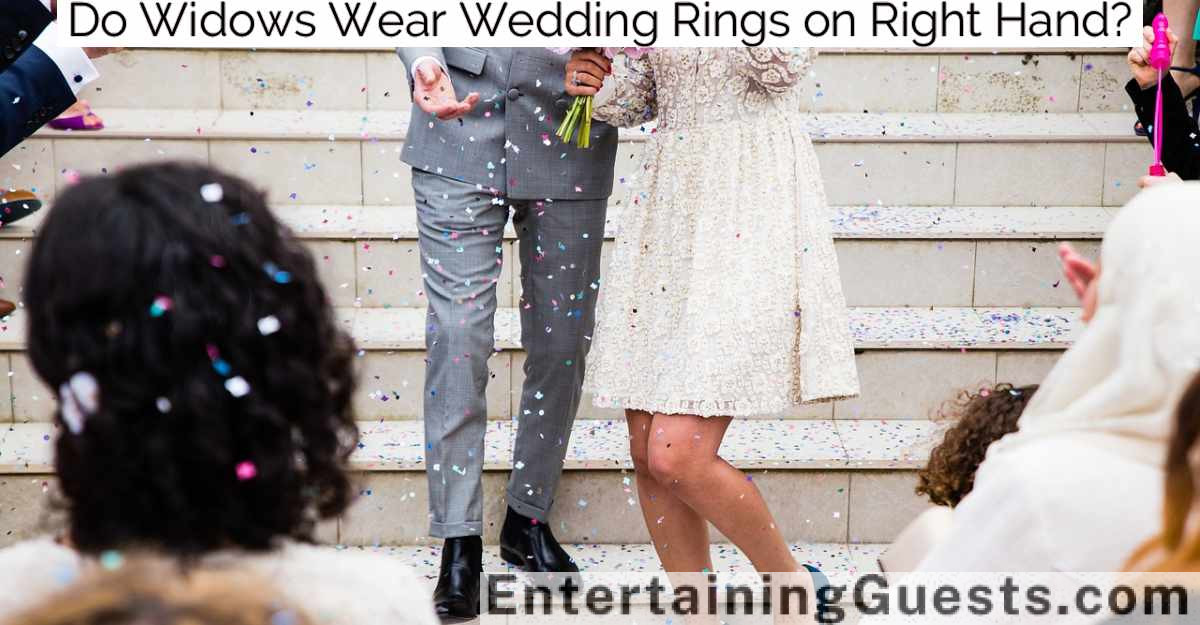Yes, traditionally the bride’s name goes first on wedding invitations because her family is often responsible for hosting and financing the event, highlighting their significant role.
Yet, contemporary trends are veering towards flexibility in this convention, allowing couples to choose the order based on various factors like aesthetic preference, a desire for equality, or even alphabetical considerations.
This is particularly common among same-sex couples who might select the sequence that best aligns with their principles of fairness.
Ultimately, the arrangement of names on wedding invitations is increasingly seen as a way to express the couple’s individuality and the joint vision they have for their celebration, which they are eager to share with their guests.
Historical Traditions Explained
Throughout history, the practice of featuring the bride’s name on wedding invitations has been deeply rooted in social customs and etiquette. Traditionally, the bride’s family often hosted the wedding, emphasizing her prominence in the invitation’s wording. This custom reflects a time when marriages were seen as strategic alliances between families, with the bride’s family typically taking the lead in organizing and funding the celebration.
In many cultures, the bride’s name precedes the groom’s on the invitation as a nod to her family’s contribution. This ordering also aligns with the conventional format of presenting a gift: from the giver (the bride’s family) to the receiver (the groom’s family). The presentation of names wasn’t merely a stylistic choice but a declaration of social and economic standing, subtly communicated through the invitation’s layout.
Moreover, the inclusion of the bride’s maiden name served a practical purpose. It clarified her identity to guests who might know her only by her family name, ensuring all understood whose union they were celebrating.
This practice continues to hold significance, preserving the historical essence while honoring familial ties and heritage.
Modern Trends in Name Ordering
In modern times, the ordering of names on wedding invitations has evolved, reflecting shifts in cultural norms and individual preferences. Couples now often choose name placements based on what feels right for their unique relationship, rather than strictly following traditional etiquette. This shift underscores a broader movement towards personalization in wedding planning, where the emphasis is on representing the couple’s joint identity and shared values.
Many couples opt to list their names alphabetically or in a way that flows best aesthetically. Others might choose the order based on the level of contribution either family has made towards the wedding, acknowledging financial or logistical support in a subtle, yet meaningful way.
It’s also become increasingly common for same-sex couples to simply choose the order that sounds best, or to flip traditional roles, depending on their preferences. This trend towards customization allows for a greater expression of partnership and equality.
It serves not only as a reflection of the couple’s style but also as a statement of their approach to marriage as a truly collaborative venture. Consequently, the evolution in name ordering on wedding invitations isn’t just about aesthetics—it’s about setting the tone for the life the couple plans to build together.
Cultural Influences on Invitations
As we examine the role of cultural heritage in wedding invitations, it becomes clear that these documents aren’t just about announcing a ceremony—they encapsulate the rich histories and traditions of the families involved.
In many cultures, the format and language of the invitation offer a glimpse into the couple’s roots and values. For instance, traditional Indian wedding invitations often feature the names of the bride and groom’s parents, emphasizing the importance of family and the joining of two families, rather than just two individuals.
Similarly, in Japanese wedding invitations, it’s customary to use very formal language and include both families’ names to honor the elders and ancestors. This practice reflects the deep-seated value of respect and hierarchy in Japanese culture.
The choice of colors and symbols on the invitations also carries significant cultural weight, conveying messages of luck, prosperity, and happiness.
In contrast, Western invitations might prioritize simplicity and individuality, often featuring only the couple’s names in a variety of creative fonts. This highlights a focus on the individual and the couple’s unique journey together, rather than a strictly familial or traditional approach.
Personal Preferences and Choices
Choosing the right wedding invitation style often hinges on the couple’s personal tastes and the unique flair they wish to impart on their special day. Whether they opt for a classic, minimalist design or a bold, ornate pattern, their choice sets the tone for the wedding and reflects their personalities.
Some couples may choose to prioritize one name over the other based on the visual balance of the text, or they might simply prefer the aesthetic of one name leading. This choice can be a harmonious blend of personal significance and design elements.
As they sift through options, couples often consider how their names appear together visually on the invitation. For instance, longer names might need different font sizes or arrangements to maintain an elegant and readable format.
The decision about whose name appears first can also reflect deeper personal values or family traditions that they hold dear.
Ultimately, the customization of wedding invitations is a chance for couples to celebrate their union in a way that feels true to them. By carefully selecting every detail, from the font type to the order of names, they craft an invitation that not only announces a wedding but also tells a story of their unique bond.
Etiquette Tips for Couples
Maneuvering wedding invitation etiquette requires couples to contemplate several key aspects to guarantee their announcements are both elegant and respectful.
First, it’s essential to decide whose name appears first. Traditionally, the bride’s name precedes the groom’s, reflecting an old custom where the bride’s parents hosted the wedding. However, modern practices allow couples to choose based on personal preference or alphabetical order for same-sex unions.
The invitation should clearly state the hosts of the event, whether it’s the couple themselves or their parents. This is typically followed by a request line, inviting guests to the ceremony. It’s important to use formal language here, such as "request the honor of your presence" for religious venues and "request the pleasure of your company" for a secular location.
When listing the date and time, spell out numbers and avoid abbreviations to maintain a formal tone.
Location details must be precise, including the venue name and address. If the reception is at a different site, this should be included on a separate card to keep the main invitation clutter-free.
Conclusion
In summary, while historical traditions often place the bride’s name first on wedding invitations, modern trends show a shift towards flexibility and personal preference. Couples are increasingly tailoring invitation etiquette to reflect their unique styles and cultural backgrounds. It’s essential for couples to reflect on their personal values and the message they wish to convey through their invitations, ensuring every detail aligns with their vision for the day. Ultimately, the choice lies in their hands, making each invitation distinctively personal.







